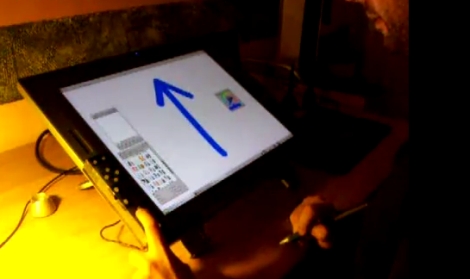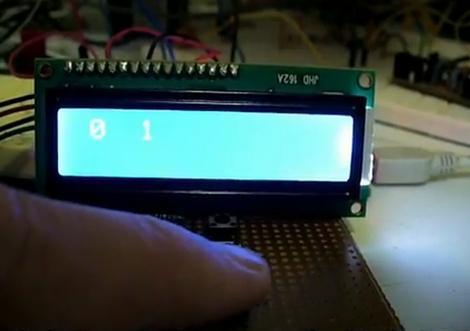
[Mark] and his friends love fireworks, but got tired of the traditional ground-launched mortar rounds, so they decided to spice things up a bit.
A while back he purchased an Army-issue bazooka at a gun show but didn’t use it for much, so it sat unused for about 10 years. He dug it out of storage, then hit up his local hardware store for a few lengths of PVC piping. He cut the pipes to size and then used his 3D printer to build a couple of parts to securely mount the PVC pipe into the bazooka’s shell. With his standard tube, he can shoot 2” mortars from the bazooka, but says he can add a second nested length of PVC to allow for smaller rounds.
Obviously this sort of setup can be quite dangerous if it is mistaken for actual weaponry, or if your fireworks were purchased from some guy’s trunk at a highway rest stop. [Mark] and his friends have taken some precautions when they use the launcher, but this is still clearly a risky enterprise.
That said, we think its awesome, and if anyone has a spare bazooka sitting around, feel free to send it our way!
Continue reading to see the bazooka fireworks launcher in action.
[Correction]
Not a bazooka, it’s an AT-4. Thanks to those who pointed it out.
Continue reading “Surplus Bazooka Converted To Shoot Firework Artillery Shells”
















